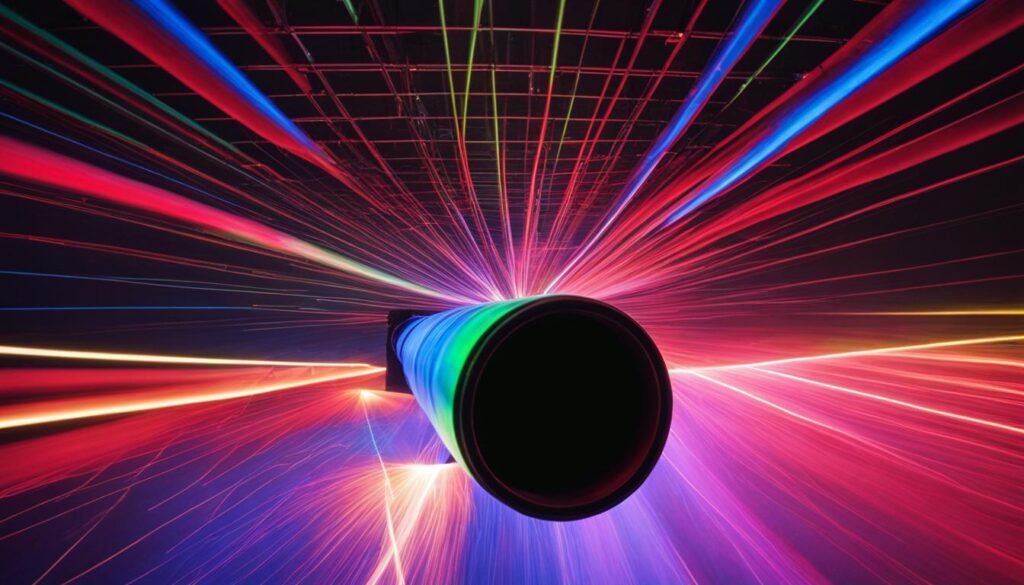Contents

Source: Amazon.de
Understanding the Recoil Limit in Laser Cooling
Introduction to Laser Cooling
Laser cooling is a technique used to reduce the motion of atoms or ions, effectively lowering their temperature. This process involves the transfer of momentum from photons of light to the atoms or ions, resulting in a change in their velocity. The primary objective of laser cooling is to reach extremely low temperatures, which are crucial for various applications in quantum mechanics and atomic physics.
What is the Recoil Limit?
The recoil limit represents the lowest temperature that can be achieved through laser cooling techniques that involve a continuous interaction between light and the cooled atoms. The interaction leads to discrete changes in velocity, which imposes a theoretical limit on how cold the atoms can get. This limit is determined by the balance between the thermal energy of the atoms and the energy associated with the momentum of a single photon.
The recoil limit is mathematically expressed as:
Trecoil = (ħ2k2) / (2mkB)
where ħ is the reduced Planck’s constant, k is the wave number of the light, m is the mass of the atom, and kB is the Boltzmann constant. For many atoms, the recoil limit is approximately 1 μK (microkelvin).
Approaching the Recoil Limit
While the recoil limit represents a theoretical boundary, certain techniques can bring us very close to this limit. One such method is polarization gradient cooling, also known as Sisyphus cooling. In this process, atoms are cooled as they climb potential energy hills created by spatially varying light fields, losing energy in the process.

However, it is important to note that achieving temperatures below the recoil limit is possible through advanced techniques like velocity-selective coherent population trapping. This method involves trapping atoms in a specific electronic state where they no longer interact with the cooling light, effectively bypassing the recoil limit.
Beyond the Recoil Limit
The ability to reach temperatures below the recoil limit highlights the potential for innovation in laser cooling techniques. This advancement is significant for experiments requiring ultra-cold temperatures, such as those involving Bose-Einstein condensates and precision measurements in atomic clocks.
Understanding and manipulating the recoil limit is essential for pushing the boundaries of quantum research and developing new technologies that rely on ultra-cold atomic systems.

Source: YouTube
Feel free to comment your thoughts.



